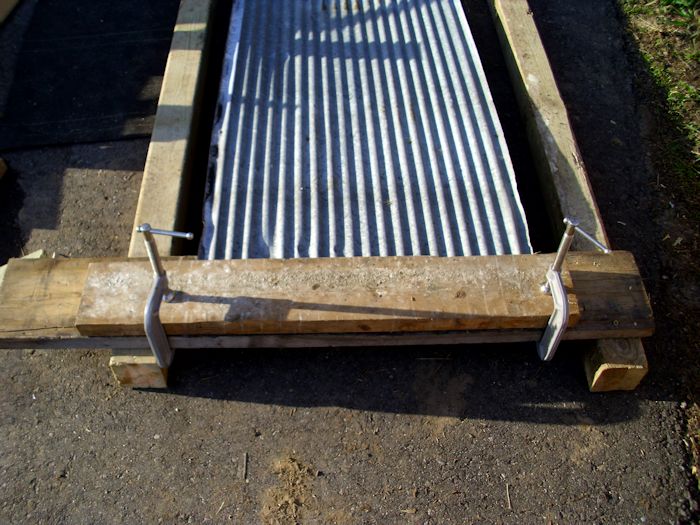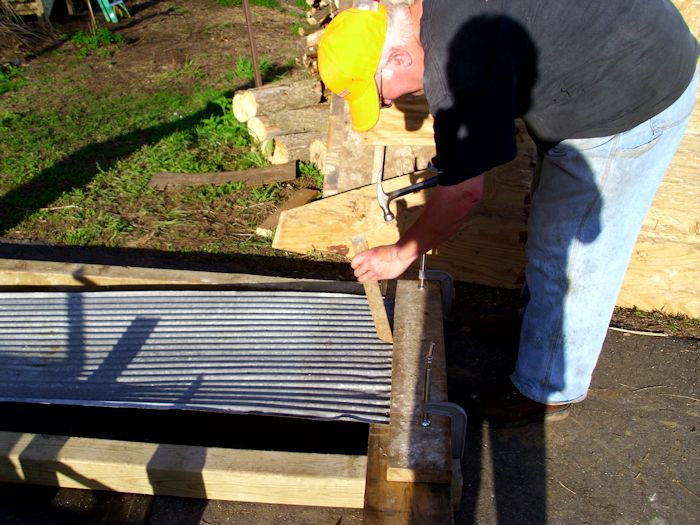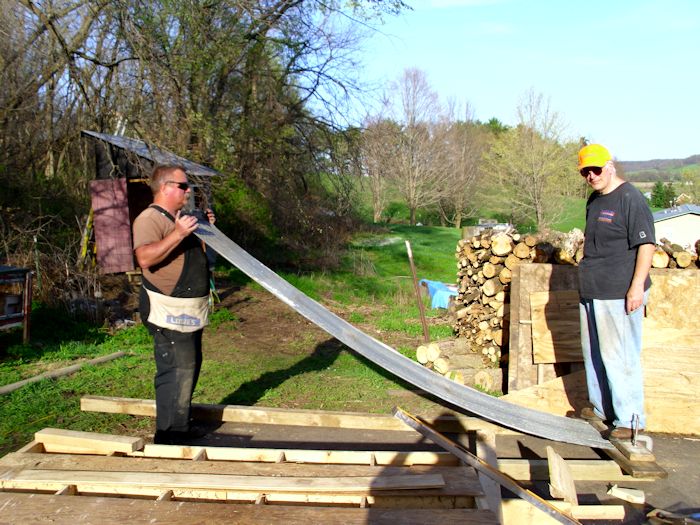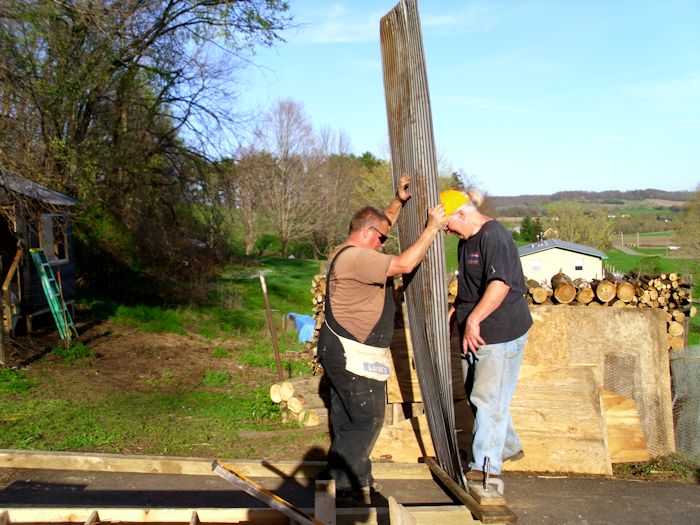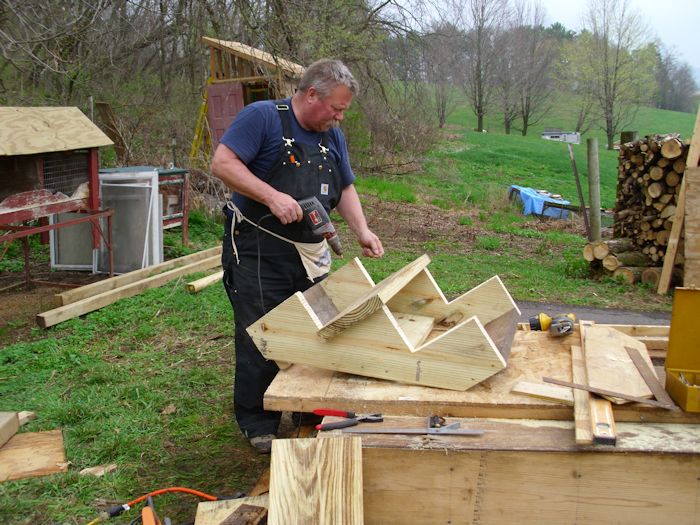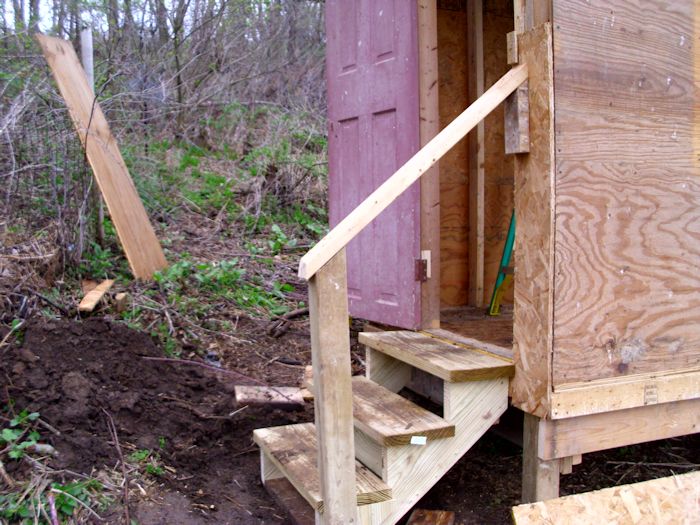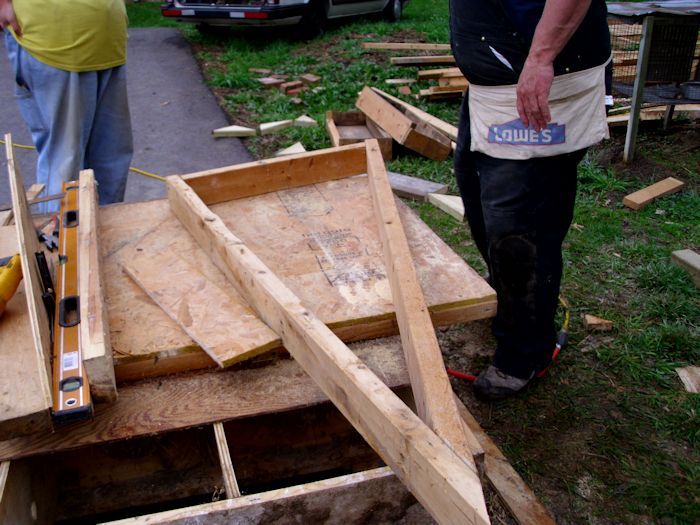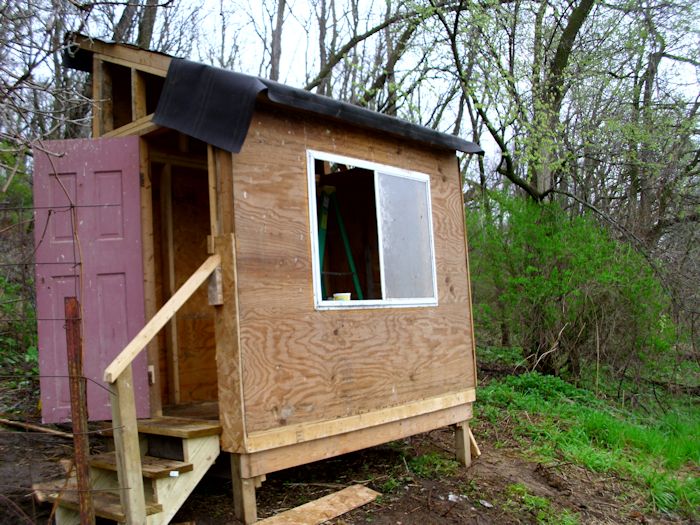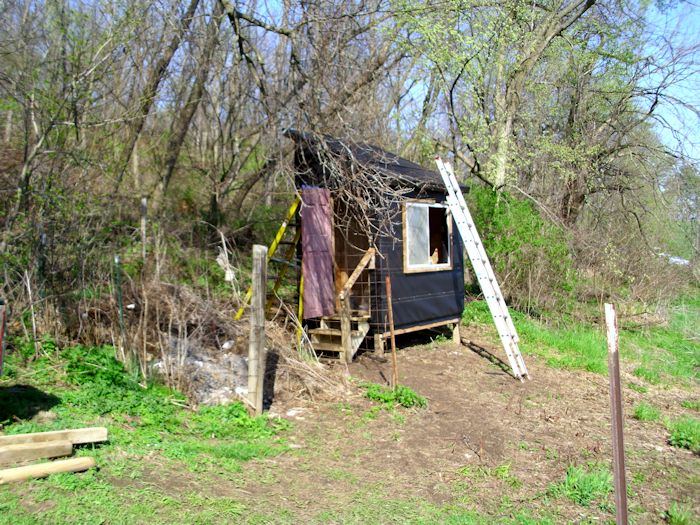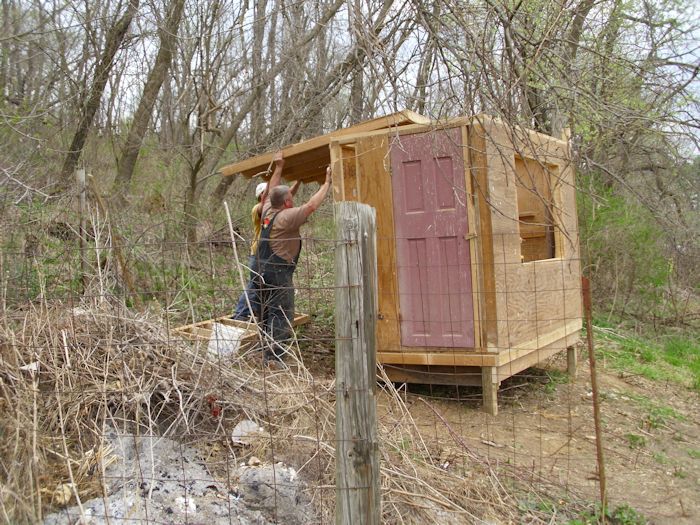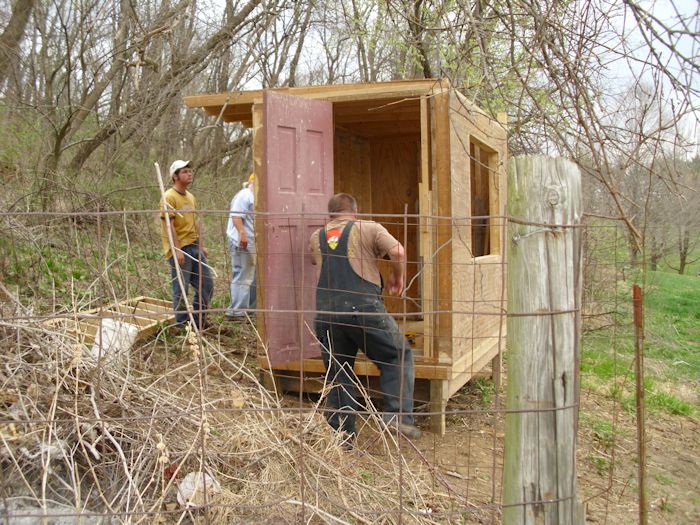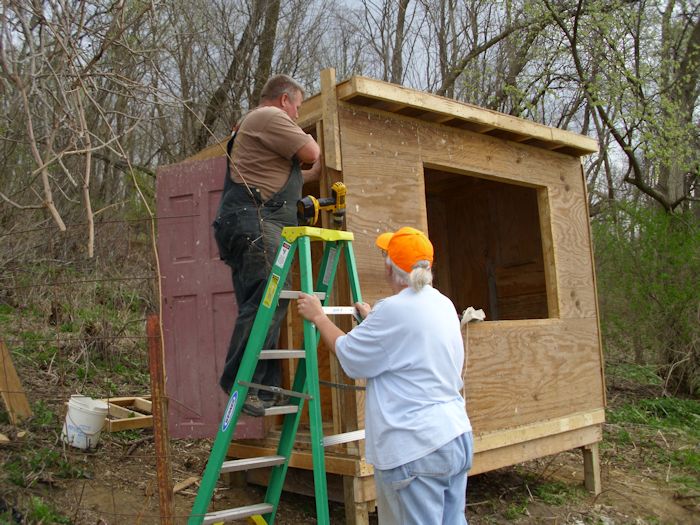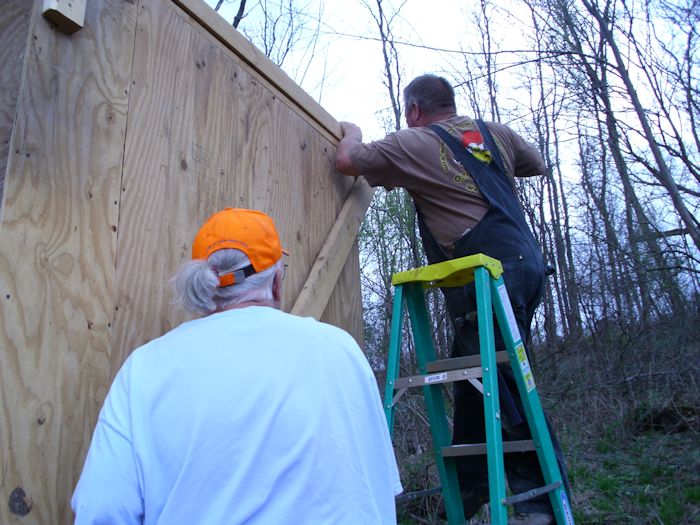More than a few readers write me about the best way to learn. Many of them are asking about the best way to learn how to become a programmer-a topic I discuss in my Becoming a Programmer post. However, more and more often, readers are asking me about learning in general. The fact is that I can point you to different techniques for learning, but I can’t determine what will work best for you. You’re the only person who can make that determination and you won’t know until you try a number of techniques. In a society ever more devoted to success at all costs, learning requires that you fail in order to make gains. When you fail, you learn what doesn’t work and possibly why it doesn’t work. So, trying various techniques is the only way to discover what works best for you and that process involves some level of failure. This is a philosophy that educational providers like Venture Lessons embody, interactive lessons that you can fail in will teach you so much more than lecturers.
I imagine that my answer frustrates a lot of people because they don’t want to fail at something, so they ask what works best for me. Mind you, what works for me probably won’t work for you. I personally learn best by working through examples written by other people. When it comes to programming, I rely on application examples written by other developers and scrutinize them intensely using the debugger so that I can see precisely how they work. Then I create applications of my own that use those techniques to ensure I actually do understand how things work. Likewise, I use examples from other woodworkers, gardeners, or other professionals as a basis for my own hands on learning experiences. In addition to these hands on techniques, I also read a large number of books and articles every year. Often, all I really need to learn a new technique, is a good explanation of it. I read books and magazines in every area that interests me-everything from application development and computer hardware to new gardening techniques and animal husbandry. In some cases, I also attend lectures and seminars to augment my learning, but given that lectures and seminars tend to be expensive, I focus on my primary means of learning new things whenever possible.
Don’t limit yourself to what I use though. There are many other ways of learning that are just as viable and just as important. The only requirements of learning is comprehension (the ability to understand what you’ve learned) and retention (the ability to remember what you have learned). How you achieve your goal is up to you. Here are a few other methods you might consider trying in addition to those that I commonly use.
- Instructor Led Training: There is a good reason that children go to school. An instructor (teacher) can answer questions about a particular skill immediately and fully. The interactive communication that occurs helps the student learn faster and with fewer problems.
- Tutorials: A tutorial is essentially a set of precisely written procedures meant to guide the student along a particular learning path. It’s a combination of reading and doing that helps someone develop a skill quickly.
- Interactive Media: This is a newer form of the tutorial that relies on sight and sound to convey meaning. Interactive media includes animations and graphics that help a viewer visualize the content better. Hands on exercises included with the interactive media help the student know when a particular training goal is achieved.
- Observation: The subtle art of observation isn’t mentioned very often anymore-probably because people are too busy or impatient to use it. I know that I’ve learned more than one new task though simply by watching someone else do it. Observing someone means watching and thinking about what they’re doing. You don’t necessarily ask any questions (and may annoy the person you’re observing when you do).
- Experimentation: Of all of the methods used to learn, this method provides the highest gains when successful, but also incurs the greatest amount of failure. It’s a matter of asking a question, deciding on how best to answer that question, and then creating an environment in which to determine the answer. In order to ensure that the question is answered correctly, you often have to repeat the experiment a number of times in various environments. Experimenters often discover new knowledge or rediscover lost knowledge, but at the cost of failing a lot.
- Cooperation: A cooperative learning environment is one in which two peers have part of an answer and choose to share their part with someone who has another part of the answer. The exchange benefits both parties because both now have two parts of the answer. Of course, a cooperative learning environment requires trust on the part of both people.
- Dissection: When I was younger, I couldn’t be bothered to keep anything in one piece. I dissected everything in an attempt to discover how it worked. Often, that meant not putting the item back together because the dissection process is destructive. Even so, you’d be amazed at how many things you can learn by dissecting an object to see how it’s put together.
This list is incredibly short. Over the years I’ve seen people learn an amazing array of knowledge using all sorts of techniques that boggle the mind. In every case, the successful learner has experimented with various techniques until he or she finds the techniques that work best. These techniques won’t work best for someone else, but they work best for you. I encourage you to fail in order to learn. Don’t be afraid of trying something and then discovering it doesn’t work because that’s the only real way to learn anything. Let me know about your favorite learning technique at [email protected].

